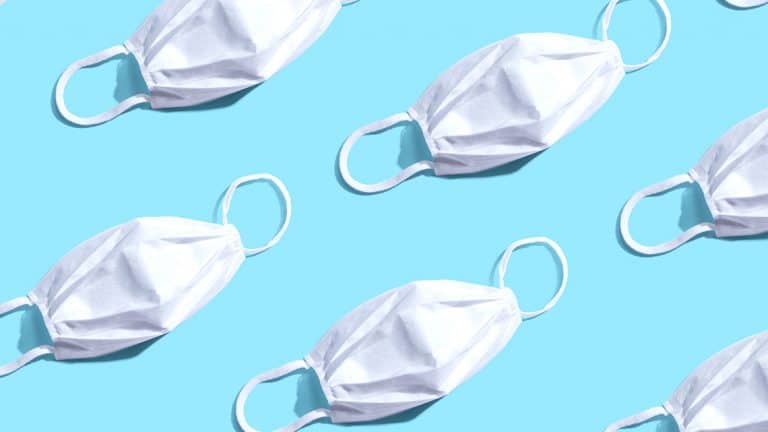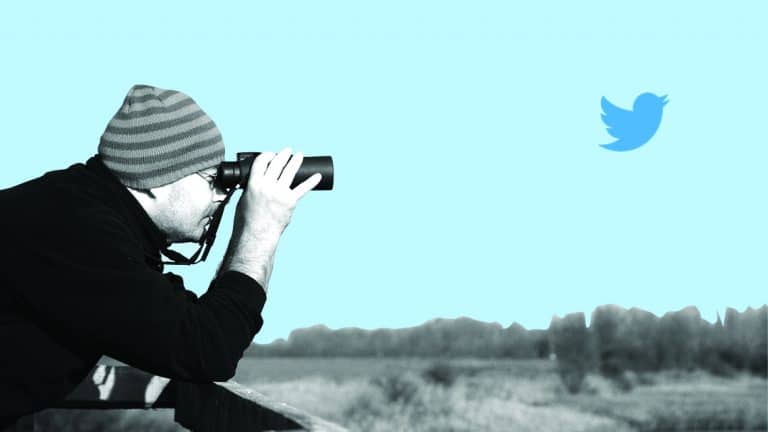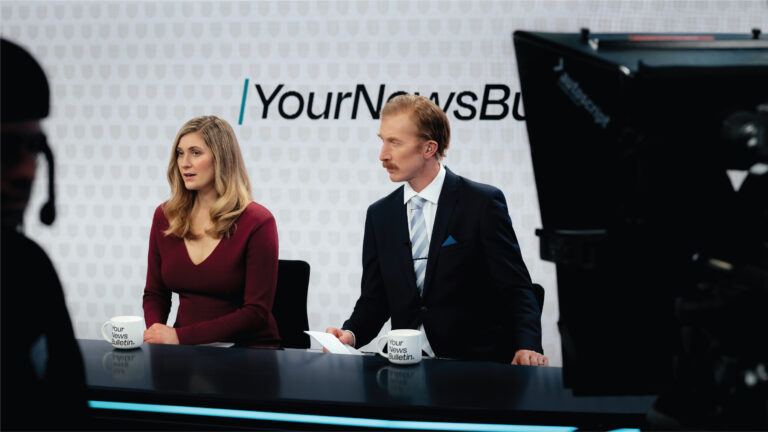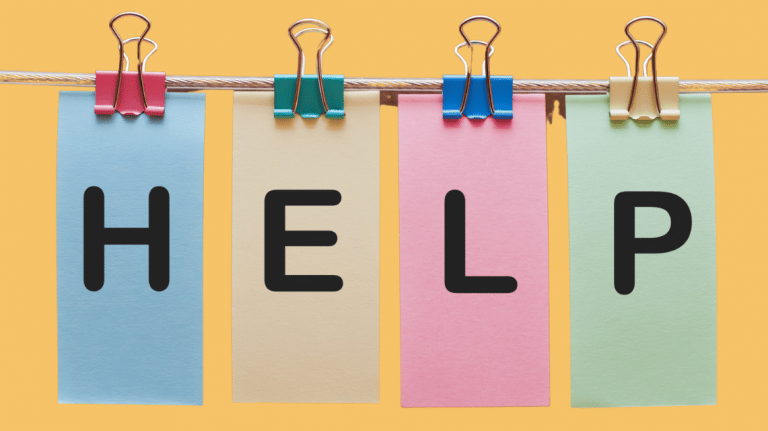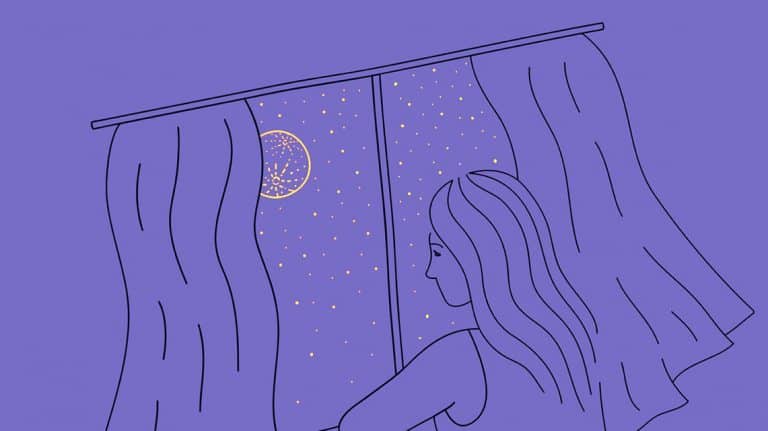Understanding deepfakes
Deepfakes are images or videos of one person that have been altered into someone else’s likeness that can be used in scams, revenge porn and more. As deepfakes are becoming more commonplace, we‘ve put together some information to help you understand more and how to stay safe online. WHAT IS A DEEPFAKE? A deepfake is an image, video or sound…
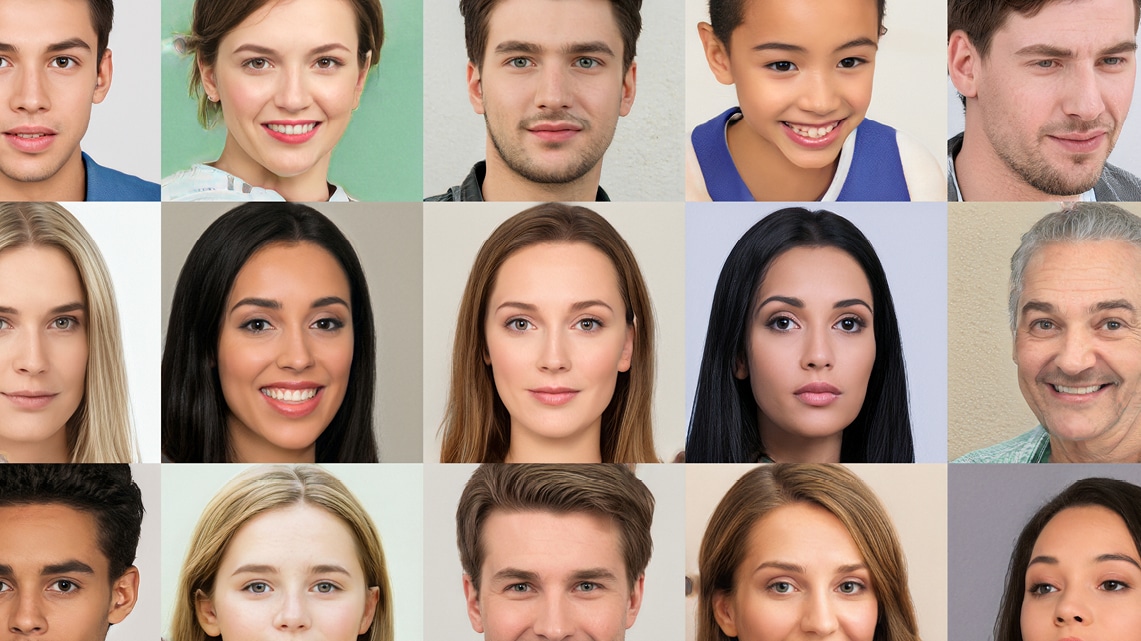
Deepfakes are images or videos of one person that have been altered into someone else’s likeness that can be used in scams, revenge porn and more. As deepfakes are becoming more commonplace, we‘ve put together some information to help you understand more and how to stay safe online.
WHAT IS A DEEPFAKE?
A deepfake is an image, video or sound file that has been manipulated into someone else’s likeness. They are created using artificial intelligence software that uses deep learning methods. This involves computer programs analysing large sets of data – often a large selection of human faces and images/videos of the real person that is to be used in the content – to create lifelike images, videos and sound.
Although deepfakes represent a leap forward in terms of realism, a skilled creator can create fake content using more traditional techniques e.g. speeding a video up, changing the background of an image. Deepfakes are mainly of real people saying or doing something fake, although they can also be of fake people, animals and nature scenes.
ARE DEEPFAKES COMMON?
If you’re a moviegoer, you might be familiar with the technology already as it’s used to ‘de-age’ actors. Videos of actor’s faces being inserted into popular films or saying entertaining speeches have been widely shared on platforms like Facebook and YouTube.
Given how deepfakes are created, it is unlikely that a member of the public will be targeted as it takes time and a large number of reference images/videos to create one. They are more likely to be created using public figures who have many hundreds or thousands of images available on the internet.
ARE DEEPFAKES BAD?
Deepfakes aren’t inherently bad with some used to entertain, educate and in other ways, but they are powerful and the technology is evolving rapidly. There are a few characteristics that make deepfakes an easy tool to exploit:
- They are now more accessible. Image manipulation has traditionally required a lot of skill, but there are open-source and commercial apps that allow anyone to create deepfakes
- Depfakes continue to evolve and become more sophisticated as does the software to catch deepfakes. For example, early deepfakes did not blink a lot – until it was noted that this was a good technique to spot a deepfake, and then developers invested considerable time and resource into making realistic blinks.
WHAT ARE THE ONLINE SAFETY CONCERNS?
As deepfakes can be used in many ways it’s important to be aware of some of the ways they may be used. This includes celebrity pornographic videos, revenge porn, fake news, hoaxes and scams.
Deepfakes pornographic videos are almost always of women and made without their consent. These videos aren’t always of celebrities and some are created as a form of revenge porn. These images and videos can then be shared with a women’s friends and family as part of a smear campaign or they can be on the internet and discovered when someone stumbles across them.
There are also concerns that deepfakes can be used to manipulate elections and democratic processes as edited videos of political candidates have already undermined political integrity in some countries. It is feared that technology will make these edited videos more common.
TIPS TO SPOT DEEPFAKES
Deepfakes can vary in quality depending on who has made it, what technology they had access to, and how much time they spent on processing the image or video. Some signs that you can look out for include:
- Flickering, especially around the outline of the face and hair when the face changes angles
- Inconsistency in terms of skin colour and texture
- Consistent hairline and teeth as real people have frizz, flyaways and sometimes tooth chips
- Eyes that feel ‘off’ – deepfakes often have difficulty simulating a realistic gaze
- Content – does it sound like something the real person would say? (talk about clickbait)
WHAT SHOULD I DO IF SOMEONE HAS MADE A DEEPFAKE IN MY LIKENESS?
Here in New Zealand, it doesn’t matter if an image is real or manipulated – if it’s causing you harm, it may fall under the Harmful Digital Communications Act. If someone has posted or shared a deepfake image or video of you, as well as reporting this to the platform, report this to the police and contact Netsafe. We may be able to help you get the content removed and explain the options available. Our service is free and confidential and we regularly handle reports around imaged based abuse.
What should I do if I find a deepfake?
- Think before sharing – what is the purpose behind the image/video? Is the creator wanting you to share?
- Report it to the platform. The platform will review the content and take action based on their Terms of Service
Most social media platforms have updated their Terms of Service to help regulate deepfakes. Some platforms have terms that outright ban deepfakes. Others will ‘deprioritise’ deepfakes (i.e. change the algorithms to make them less likely to appear in your newsfeed), or clearly mark this content to identify it as manipulated. You can read more on the Help Centre of the social media platform you are using.
CONTACT NETSAFE
If you’re concerned about the immediate safety of you or someone else, please call 111. If you want help or expert incident advice, you can contact us. Our service is free, non-judgemental and available seven days a week.
- Email [email protected]
- Call toll free on 0508 NETSAFE (0508 638 723)
- Online report at netsafe.org.nz/report
- Text ‘Netsafe’ to 4282
KEEP UP TO DATE
Follow us on social media and sign up to our enewsletter for alerts, news and tips.


